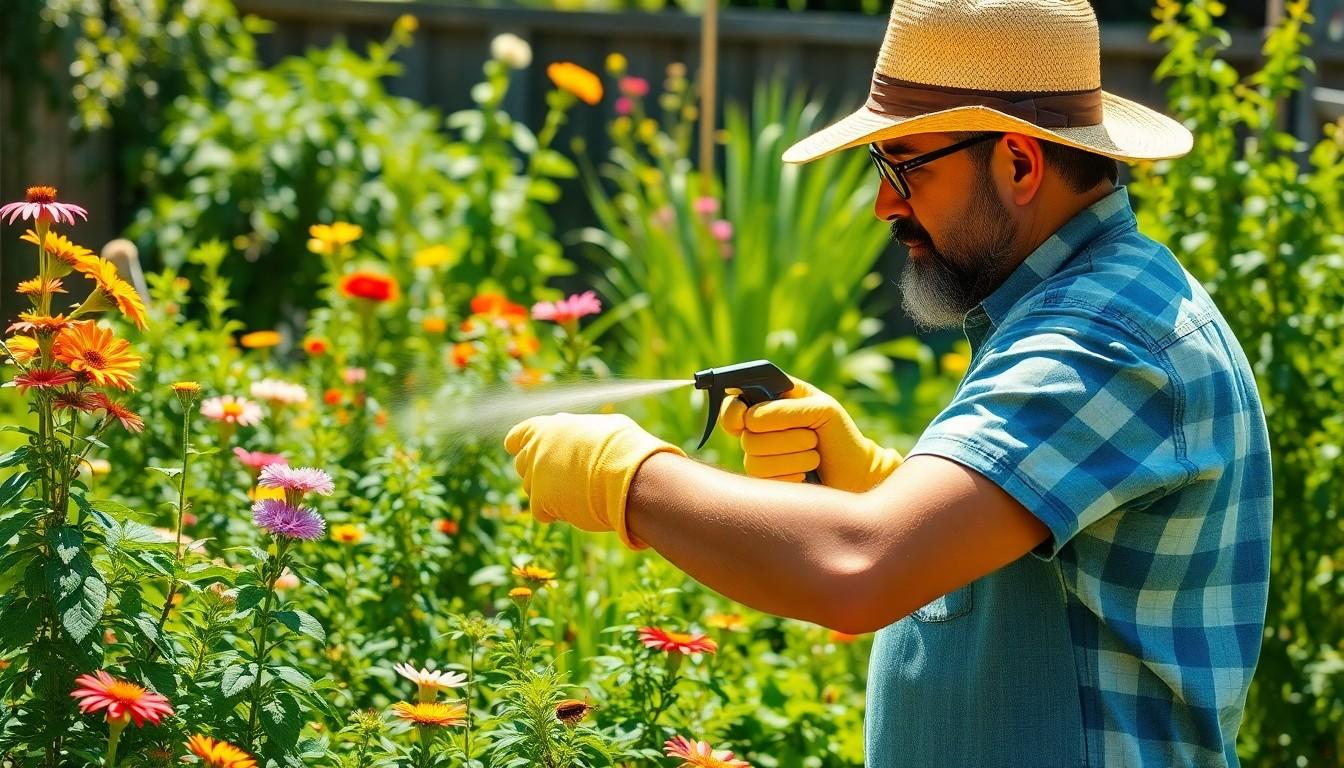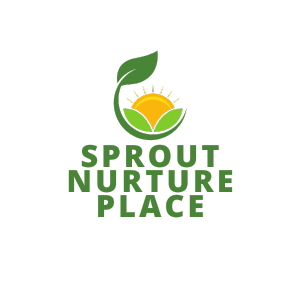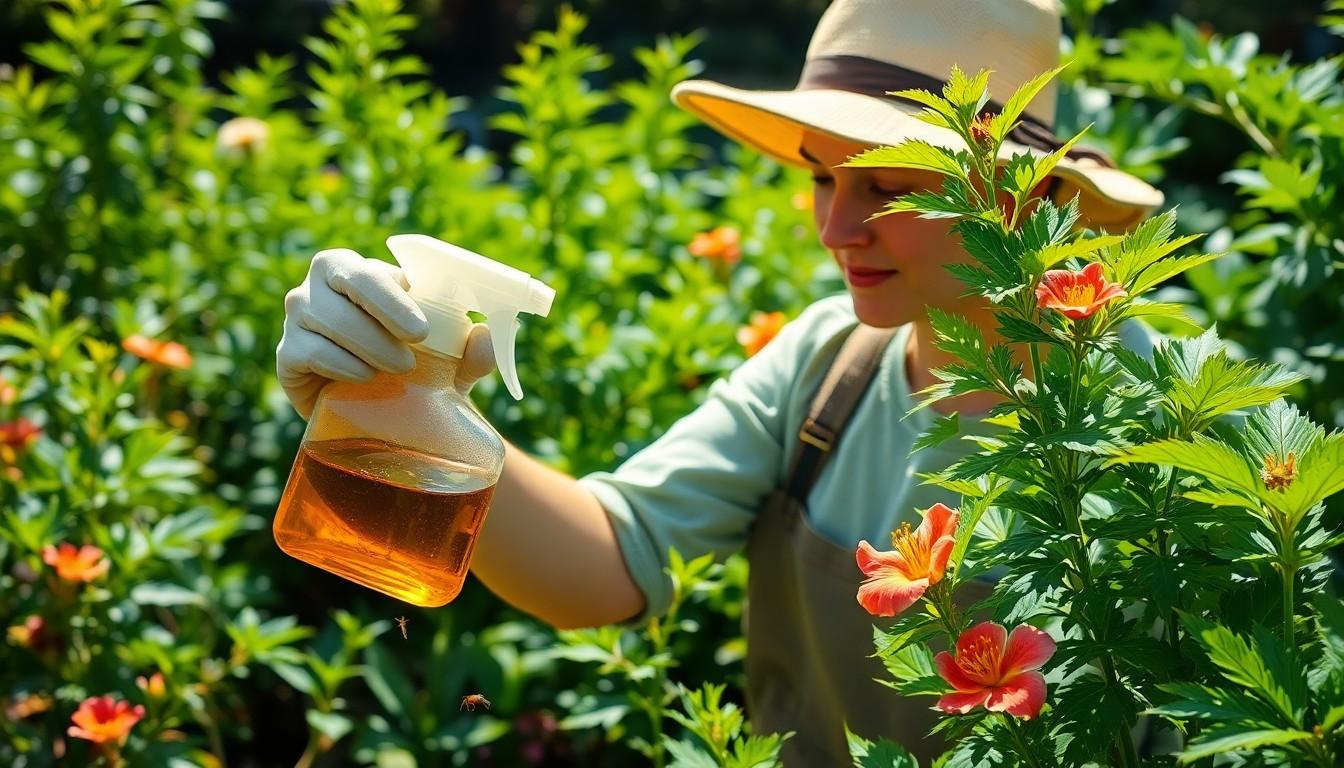In the world of organic gardening, neem oil is like that secret ingredient in grandma’s famous recipe—everyone swears by it, but not everyone knows why. This natural wonder comes from the seeds of the neem tree and packs a punch against pests without turning your garden into a chemical soup. Imagine a world where your plants thrive and pesky bugs take a permanent vacation. Sounds like a dream, right?
Is Neem Oil Organic Gardening
Neem oil serves as a natural solution in organic gardening, originating from the seeds of the neem tree. Its use in pest control promotes a healthier garden without resorting to harsh chemicals.
What Is Neem Oil?
Neem oil refers to a natural pesticide derived from the seeds of the neem tree (Azadirachta indica). This oil contains active compounds like azadirachtin, which disrupt the lifecycle of pests. Successful applications of neem oil target insects including aphids, mites, and whiteflies. It acts as a repellant and growth inhibitor, making it effective for gardeners looking to reduce infestations. The organic certification of neem oil makes it safer for pets, humans, and the environment.
How Is Neem Oil Extracted?
Neem oil extraction involves several steps to ensure purity and efficacy. First, seeds are harvested from ripe neem fruits, followed by cleaning and drying. Then, pressing methods, such as cold pressing or solvent extraction, are employed to release the oil. Cold pressing retains the oil’s beneficial properties, producing a higher quality product. Extracted neem oil might undergo filtering to remove impurities before packaging. This extraction process contributes to the organic gardening appeal of neem oil, providing an eco-friendly pest control option.
Benefits Of Neem Oil In Organic Gardening

Neem oil offers numerous advantages for organic gardening, particularly in pest management and disease prevention. These benefits make neem oil an essential tool for gardeners seeking eco-friendly solutions.
Pest Control Properties
Neem oil effectively targets various pests, including aphids, mites, and whiteflies. Its active compound, azadirachtin, disrupts pest development and reproduction. The oil acts as both a repellant and growth inhibitor, reducing pest populations without harming beneficial insects. Used in a dilute form, neem oil easily covers plant surfaces, providing thorough protection. Frequent applications enhance effectiveness, especially after rain or watering.
Disease Prevention
Neem oil plays a crucial role in preventing plant diseases. It strengthens plants’ natural defenses, making them more resistant to infections. The oil’s antifungal properties combat pathogens like powdery mildew and black spot effectively. Gardeners often apply neem oil as a preventive measure, reducing the risk of widespread disease. Regular treatment promotes healthier plants, ultimately fostering higher yields.
Application Methods
Gardeners utilize various application methods to maximize neem oil’s effectiveness in organic gardening. Proper technique ensures optimal results in pest management.
Diluting Neem Oil
Diluting neem oil is essential for safe and effective use. Typically, a mixture of 1-2 tablespoons of neem oil per gallon of water suffices for most applications. Soap or an emulsifier helps the oil mix with water, ensuring even distribution. This combination helps prevent leaf burn and maximizes absorption by plants. Always stir the mixture well before use to maintain consistency.
Best Practices for Application
Timing plays a crucial role in applying neem oil. Applying it during early morning or late afternoon minimizes the risk of sun exposure that can degrade its properties. Direct application on affected areas provides targeted treatment, while a broad coverage on foliage enhances pest deterrent effects. Reapplying every 7-14 days, or after rainfall, ensures continued protection. Maintaining a clean spray nozzle avoids clogging, which is vital for an even application.
Safety Considerations
Neem oil is generally considered safe for use in organic gardening. However, certain considerations must be noted to protect beneficial insects, humans, and pets.
Effects on Beneficial Insects
Neem oil can affect beneficial insects like bees and ladybugs. Application poses risks during flowering periods due to their crucial roles in pollination. Timing applications, such as early morning or late afternoon, minimizes negative impacts. Gardners must avoid spraying directly on these insects to preserve their populations. Selecting targeted pest control methods can also support beneficial insects in the ecosystem.
Human and Pet Safety
Humans and pets generally experience low toxicity levels from neem oil. Ingesting small amounts typically leads to no major health risks. Dilutions with water enhance safety during applications, ensuring minimal exposure. Storing neem oil in a secure place prevents accidental ingestion by pets. Monitoring pets and children during application helps ensure their safety. Following label instructions guarantees responsible usage, keeping the garden safe for all.
Neem oil stands out as an invaluable asset for organic gardeners. Its natural properties not only tackle pest issues effectively but also enhance plant health. By integrating neem oil into their gardening practices, individuals can cultivate a thriving ecosystem that prioritizes sustainability.
With proper application techniques and safety measures, neem oil proves to be a reliable choice for those seeking eco-friendly pest control. This versatile solution empowers gardeners to protect their plants while minimizing harm to beneficial insects and the environment. Embracing neem oil can lead to a healthier garden and ultimately a more rewarding gardening experience.





